Docks
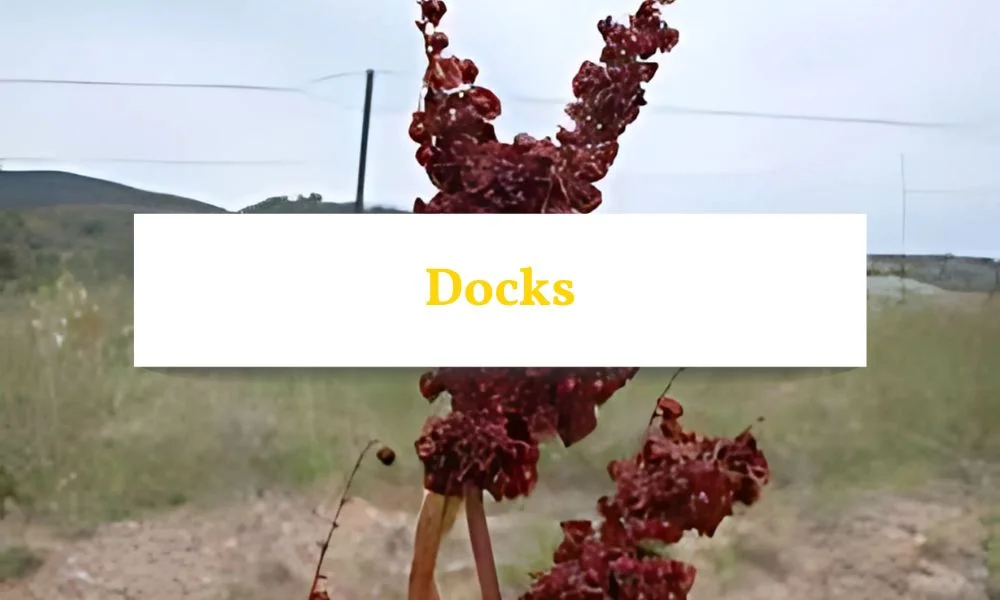
What Is Docks Weed?
Docks (Rumex spp.), such as curly dock (Rumex crispus) and broadleaf dock (Rumex obtusifolius), are perennial weeds from the buckwheat family (Polygonaceae). They grow well in pastures, lawns, roadsides, and disturbed areas. You can easily recognise docks by their wavy-edged leaves and deep taproots. They spread quickly through seeds and regrow from root fragments, which makes controlling them difficult.
Characteristics of Docks
-
Leaves: Curly dock has long, narrow leaves with wavy edges. Broadleaf dock has wider, heart-shaped leaves with wavy margins. Both grow in a basal rosette.
-
Flowers: Small green flowers grow in clusters on tall stems. The stems turn reddish-brown as they mature.
-
Seeds: Each plant produces thousands of seeds. Wind and water carry these seeds far, and they can stay alive in the soil for many years.
-
Taproot: Docks develop thick, fleshy taproots that grow deep into the soil, making them hard to pull out completely.

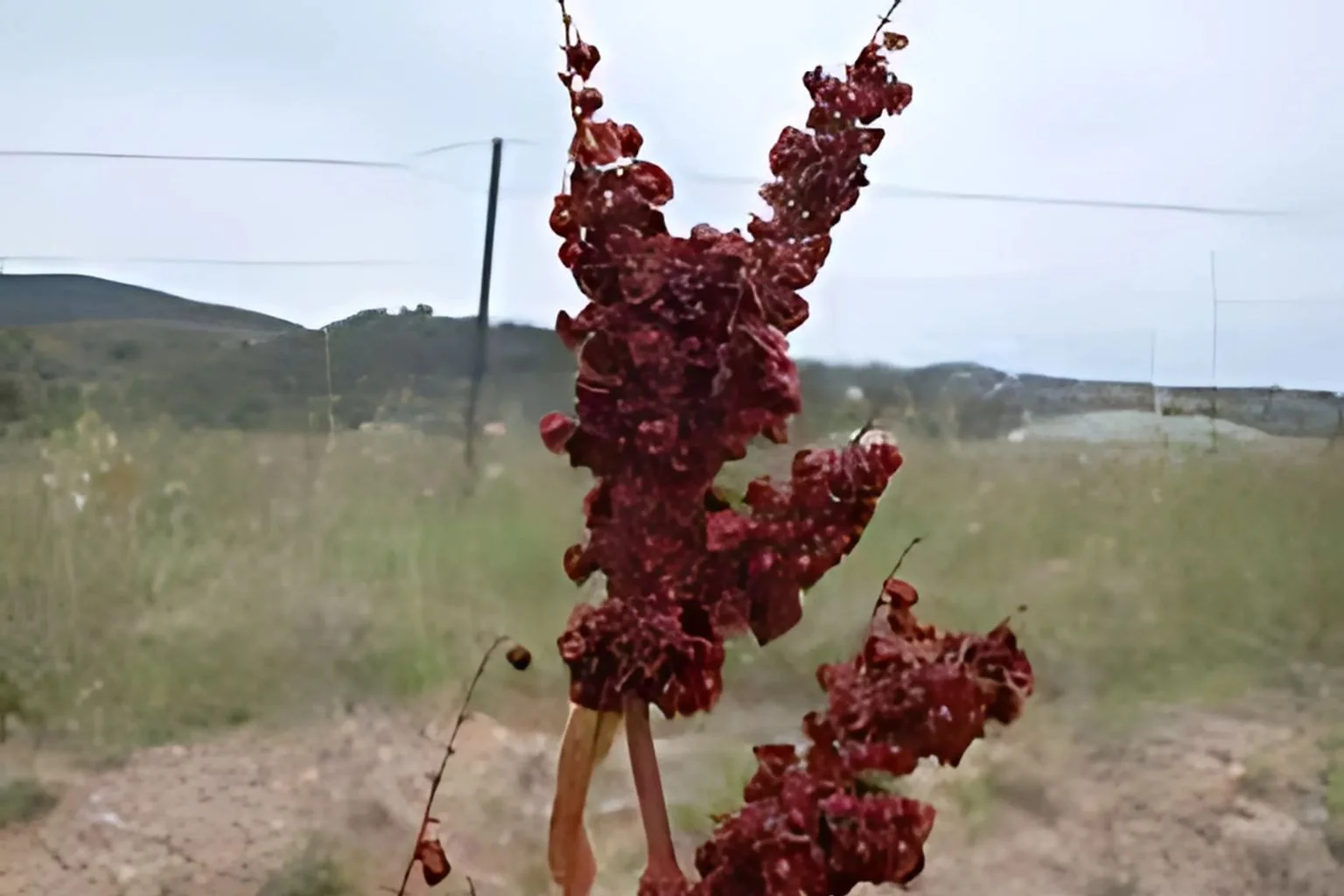
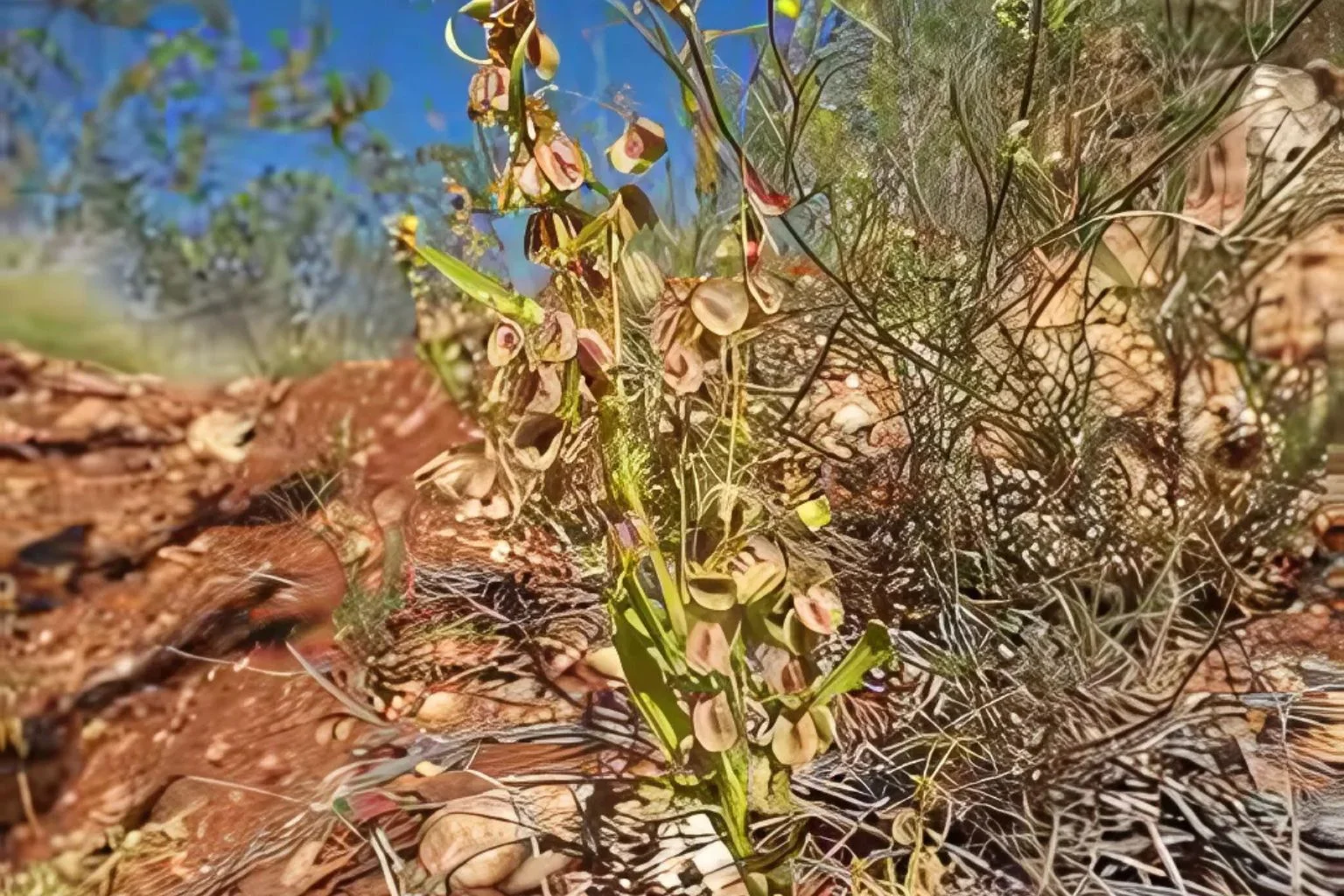
Why Is It A Problem?
Docks are weeds that compete with grass and other plants for water, nutrients, and sunlight. They have deep roots, which help them survive drought, mowing, and cutting. Additionally, their seeds spread easily through the wind and water, allowing them to quickly invade lawns, gardens, and paddocks.
Effect on the Environment
-
Seed Spread: First, dock seeds travel far in the wind or water, helping them spread quickly.
-
Plant Takeover: As a result, docks push out native plants and grasses, reducing the variety of plants in the area.
Effect on Farms and Pastures
-
Poorer Pasture: Docks take over good pasture grass. Furthermore, animals avoid eating docks because they taste bitter and can be harmful.
-
Crop Problems: Finally, docks steal water and nutrients from crops, which can reduce your harvest.
How to Identify Docks Weed
Effective Methods
Look After Your Soil
First, fix the soil by loosening hard ground and making sure water can drain properly. This will make it harder for dock weeds to grow. Additionally, use compost to add natural nutrients, which will help grass or crops grow strong and healthy.
Grow Thick Grass
Next, plant thick grass in your yard or paddock. This helps stop docks by giving them less space to grow.
Pull Them Out by Hand
If you’re dealing with small areas, use a small shovel or weeding tool to dig out docks. Make sure to get the entire root, or the weed will grow back. This method works best for small areas.
Keep Mowing
Mow your lawn often to stop docks from flowering and producing seeds. However, keep in mind that mowing won’t kill older plants with deep roots.
Use Chemical Weed Sprays
Use special herbicides that kill docks without harming your grass. Look for ones with 2,4-D or dicamba. For smaller areas, you can use glyphosate, but be cautious as it kills all plants it touches. Spray in spring or autumn when docks are actively growing, and always follow the label instructions.
Stop New Weeds Early
Finally, pull out docks before they have a chance to flower and spread seeds. Be sure to check your lawn or paddock regularly and remove new weeds before they can spread further.
Chemical Control Options
Cutlass M
Cutlass M 5L is a simple and fast-acting weed killer that targets weeds like bindii, capeweed, chickweed, dandelion, and docks. It works on different grass types such as couch, blue couch, fescue, and ryegrass. You’ll see results in 7 to 14 days, making it a great choice for quick and effective weed control.
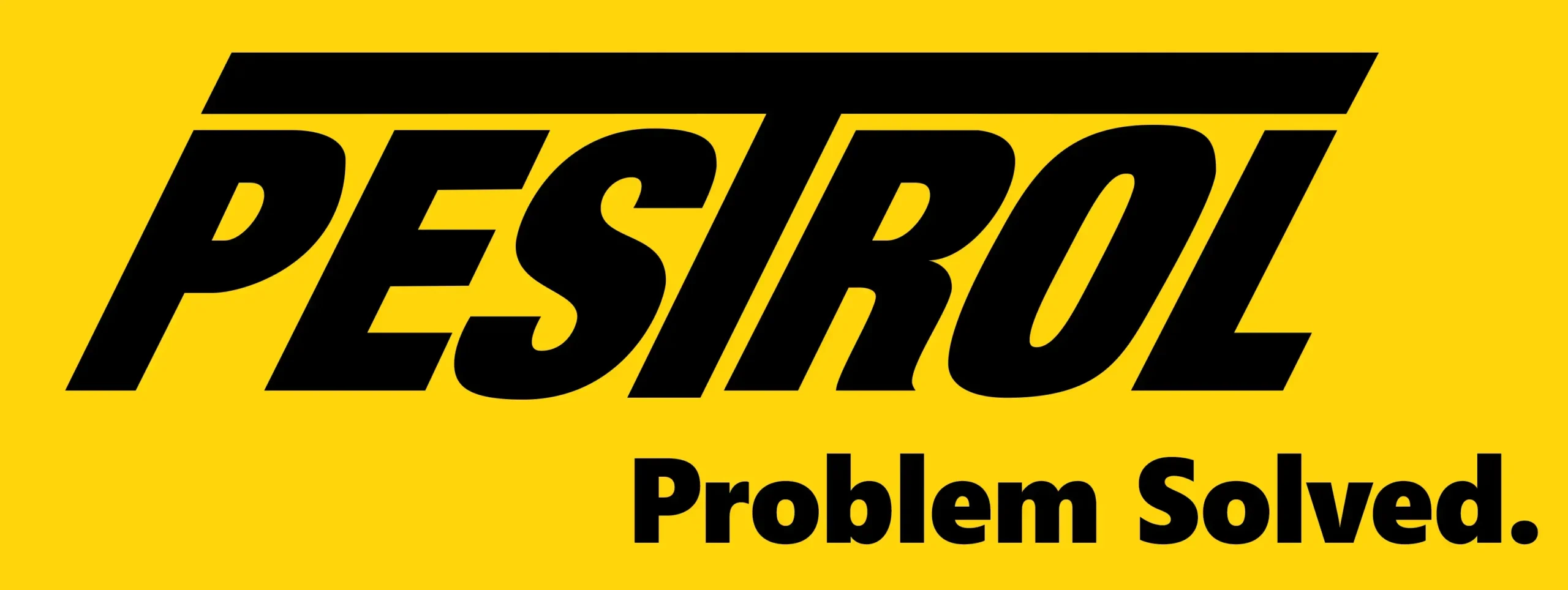




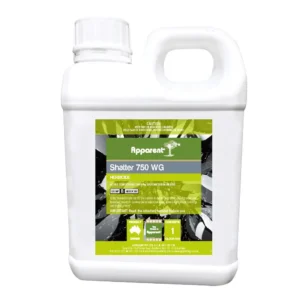
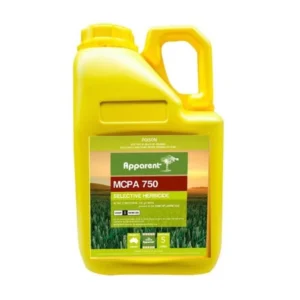
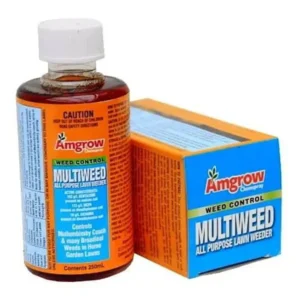

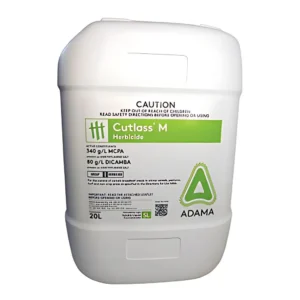
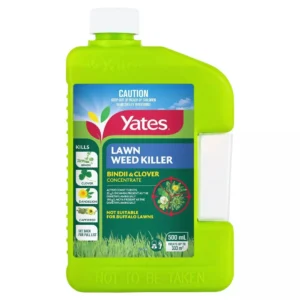
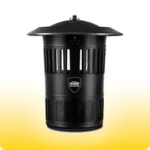 Mosquito Traps
Mosquito Traps